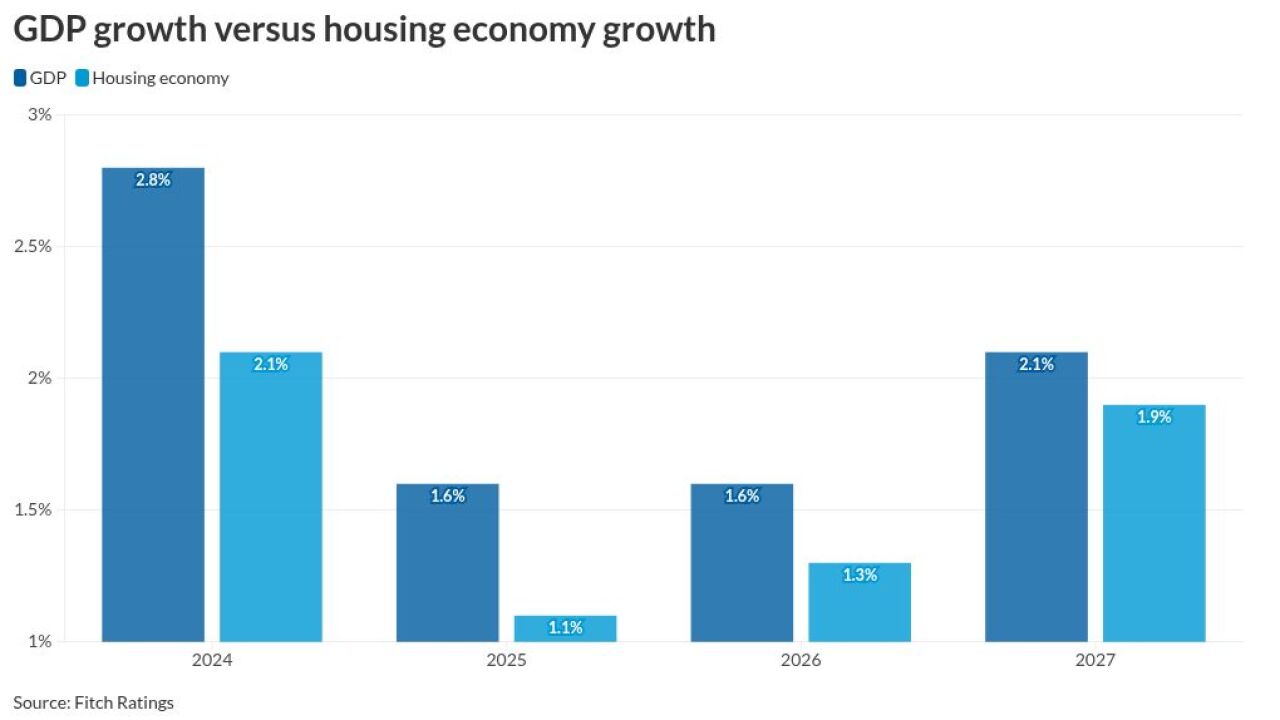Barings LLC is back in the market with the $319 million Barings CLO 2020-II deal that provides higher credit enhancement on the top rated tranches than the Barings CLO 2020-I, its first CLO this year that was completed in September.
Barings CLO 2020-II is structured to include two additional tranches, each relatively small fixed-income pieces supplementing the AAA and AA floating-rate bonds. The top tranches in the current deal provide greater credit enhancement than the earlier transaction, while credit enhancement is somewhat less for the noninvestment-grade portions.
For example, the $210 million, AAA-rated tranche in the current deal, the largest tranche, has credit enhancement of 40% compared 36% in September’s transaction. Meanwhile, the BB- piece in the current deal provides credit enhancement of 9.0%, compared to 9.5% in last month’s.
The Rule 144a deal also provides a lower average cost of debt, as well as a lower weighted average spread and a higher available excess spread, providing a stronger underlying portfolio from a cash flow perspective, according to S&P Global ratings.
“A lower scenario default rate and a higher weighted average recovery rate “show a stronger underlying portfolio from a credit perspective,” the rating agency says.
Barings acted as collateral manager on the deal, which brought its CLO assets under management to $7 billion, and it tapped J.P. Morgan Securities as placement agent. Morgan Stanley is the structuring lead on the current deal.
S&P states that its economic and credit analysis assumes heath experts’ consensus that the pandemic will remain a threat until a vaccine or effective treatment is widely available, perhaps not until the second half of 2021, and as the situation evolves it will update its assumptions.
The rating agency warns that shifting credit dynamics within CLO portfolios due to continuing rating actions on speculative-grade corporate loan issuers may prompt it to “make qualitative adjustments to our analysis when rating CLO tranches to reflect the likelihood that changes to the credit profile of the underlying assets may affect a portfolio’s credit quality in the near term.”





